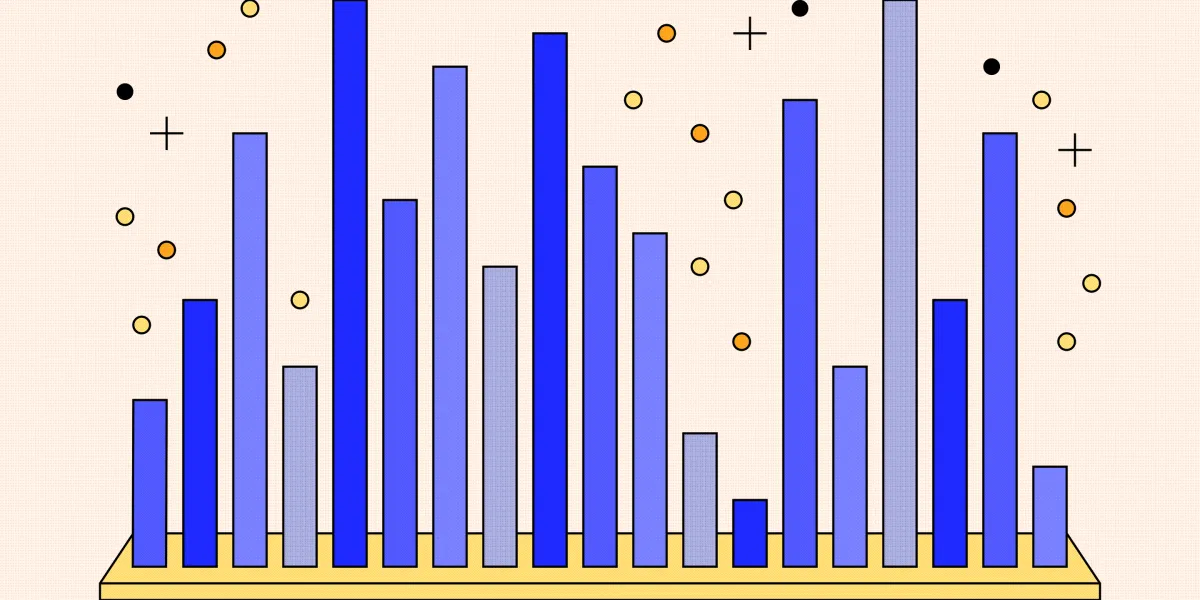Fortune 500 Europe: Germany the biggest business powerhouse on the continent
Germany, as Europe’s largest economy, has faced a challenging period in recent years. The impact of soaring energy costs, structural obstacles, and slowing growth in China has weighed on the country’s economic performance in recent quarters, prompting comparisons to the late 1990s label as the “sick man of Europe.”
Despite these economic headwinds and concerns of a looming recession, German businesses have displayed resilience. In Fortune’s first-ever ranking of Europe’s top 500 corporations by annual revenue, Germany stands out with the highest representation, boasting a total of 80 companies in the rankings.
The country’s engineering prowess has become well-known, thanks to its long-standing auto industry. Volkswagen was ranked #2 on the list with a revenue of $293.7 billion, while Mercedes-Benz and BMW were ranked #9 and #12 respectively.
But that’s not all—some of the largest energy and financial sector companies in continental Europe are also located in Germany. For instance, Uniper, the state-owned energy company that operates in about 40 countries globally, is ranked third on the list, while insurance company Allianz occupies the 15th spot on the list. Other big German names include pharma giant Bayer, airline carrier Lufthansa and sports brand Adidas.
The rankings point to Germany’s position as a pivotal business hub in Europe, even as it struggles to cope with the challenges posed by easing trade activity. The country, which relies heavily on manufacturing, has seen its economy contract from July to September by 0.1% quarter-on-quarter (and 0.4% year-on-year) after a few months of stagnant growth.
The trailing German economy
Not long ago, Germany was seen as an “economic superstar”—it’s the fourth largest country by GDP and has earned a reputation of being an industrial powerhouse like no other.
However, a confluence of factors has impacted the German economy in the last two years.
Russia’s invasion of Ukraine put Germany in a difficult position as it relied heavily on energy imports to meet the country’s as well as the industries’ fuel demands. The surging energy prices in the economy kept prices elevated for much of last year and early this year, and high-interest rates have persisted.
These forces also resulted in the country falling into a trade deficit in July 2022 for the first time in three decades.
Germany’s manufacturing sector, a historically important sector of its economy, has been on the decline amid sluggish global demand, especially from China.
Supply chain disruptions and growing competition have also posed new threats to Germany’s flagship auto industry. In September, industrial production fell more than expected by 1.4%, sending an ominous signal for the months to come.
The country dipped into a recession earlier this year, and experts think it risks ending 2023 on a similar note.
“After a recession at the turn of 2022-2023 and zero growth in Q2 2023, the economy is going through a prolonged period of underperformance, with Germany being one of the few countries where GDP is below its level before the start of the war in Ukraine (-0.2% between Q1 2022 and Q2 2023),” Stéphane Colliac, an economist specializing in OECD economies at French bank BNP Paribas, wrote in a September research note.
Germany also faces structural challenges including high corporate taxes and the lack of investment in digitalization, infrastructure and education. These challenges were even recognized by Deutsche Bank CEO Christian Sewing in September.
“We will become the sick man of Europe if we do not address these structural issues now,” Sewing said during the Handelsblatt Banking Summit, according to a transcript viewed by Fortune. “Something urgently needs to change here.”
Rocky road ahead
While an overwhelming number of sources, including those from the government, expect the German economy to contract in the fourth quarter, the country’s inflation rate has begun slowing.
In October, inflation eased to its lowest level in two years to 3% which could mean lower prices for consumers in the coming months.
But given the cocktail of challenges that Germany is dealing with, a marked improvement in growth seems unlikely even next year, according to ING’s global head of macro Carston Brzeski.
“The German economy looks set to remain in the twilight zone between minor contraction and stagnation not only this year but also next year,” he said.




